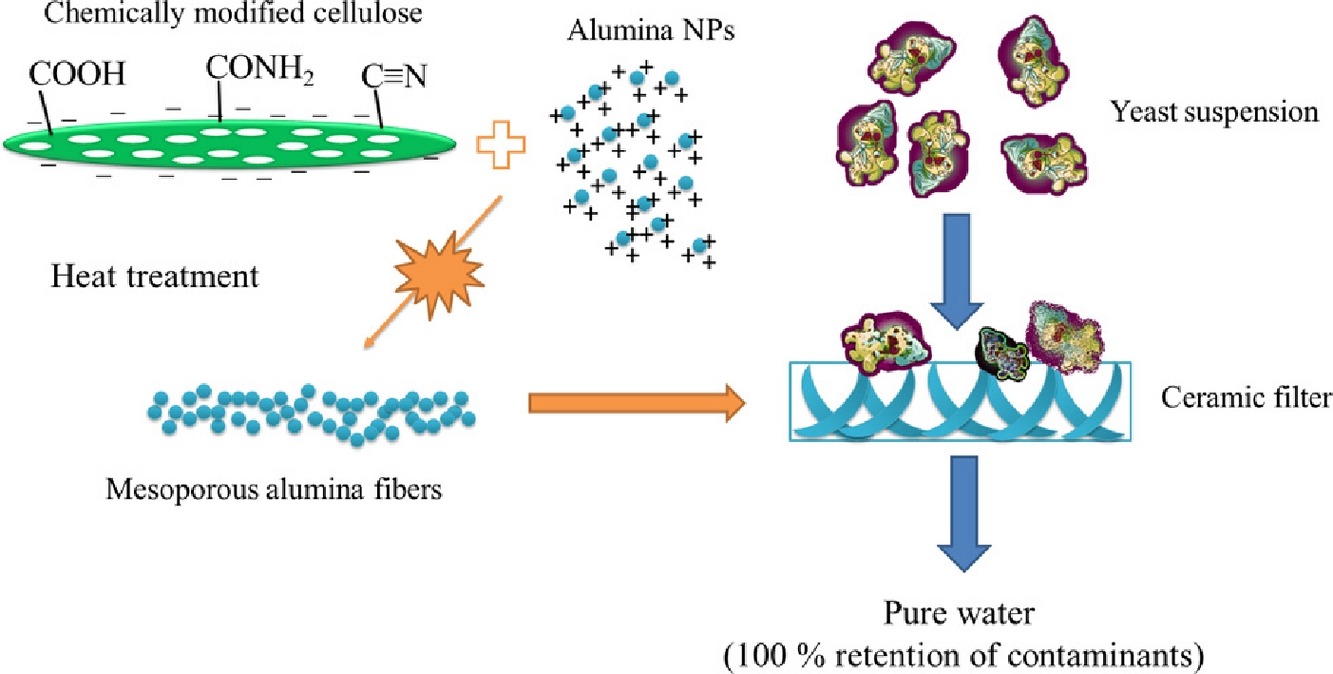Authors: Martakov I.S., Torlopov M.A., Krivoshapkina E.F., Kalikina P.A., Navrotskaya A.G., Koshel E.I., Galkina A.N., Demin V.A., Krivoshapkin P.V.

Abstract
The focus of this study is to investigate influence of template functional groups on properties and morphology of alumina materials obtained by a combination of template and sol-gel synthesis. Cyanoethyl-, amidoethyl- and carboxymethylcellulose were synthesized and used as templates for alumina materials preparation. Alumina nanoparticles due to their small size penetrate in porous structure of cellulose fibres and are distributed there uniformly. Alumina nanoparticles located in cellulose are monodisperse ellipsoids and ∼12 nm in length which follows from SAXS. Scanning electron microscopy and nitrogen physical sorption showed that properties and type of template functional groups influence morphology and textural characteristics of ceramic materials. Alumina materials prepared using the modified templates have higher surface area and pore volume values in comparison with ones obtained using initial template. Comparing results with our previous work we conclude that the type of alumina precursor has great impact on resulted materials properties. Also, we showed that alumina fibers can be used to prepare porous ceramics for filtration of biological liquids (cell suspension).
DOI: https://doi.org/10.1016/j.jtice.2018.07.013
Read Full:
https://www.sciencedirect.com/science/article/pii/S187610701830405X